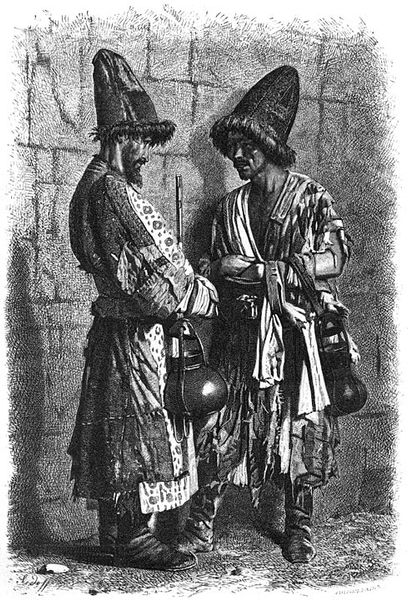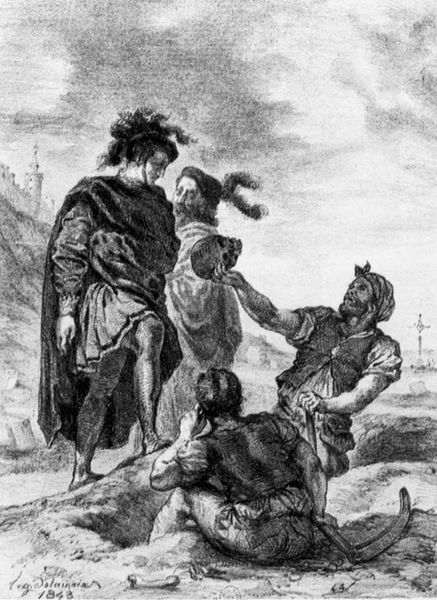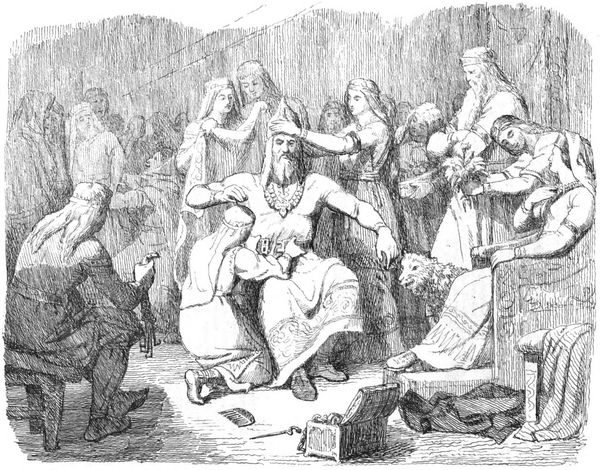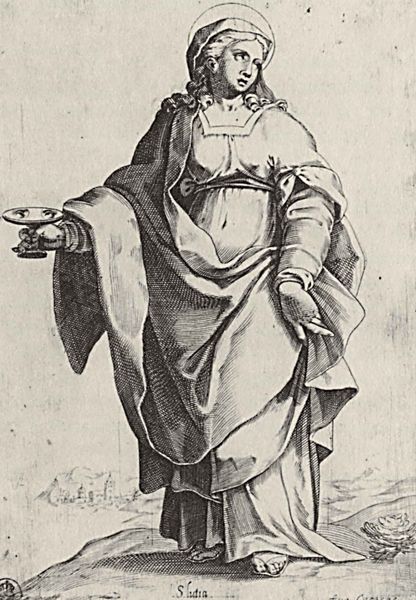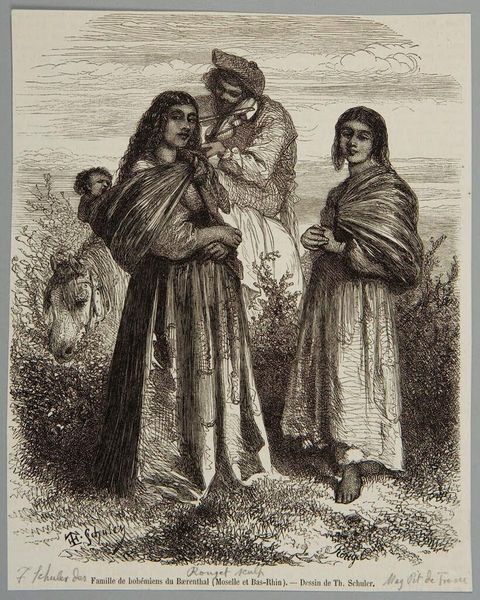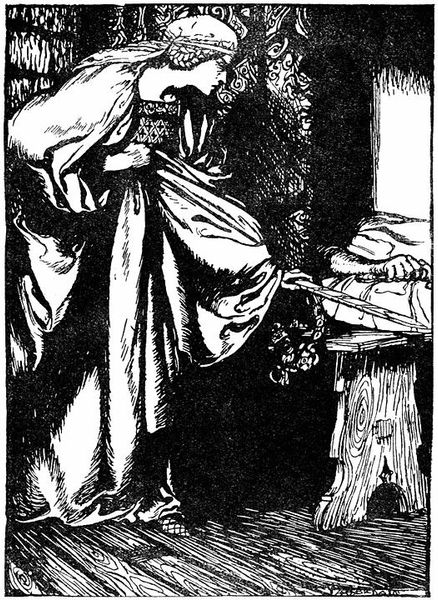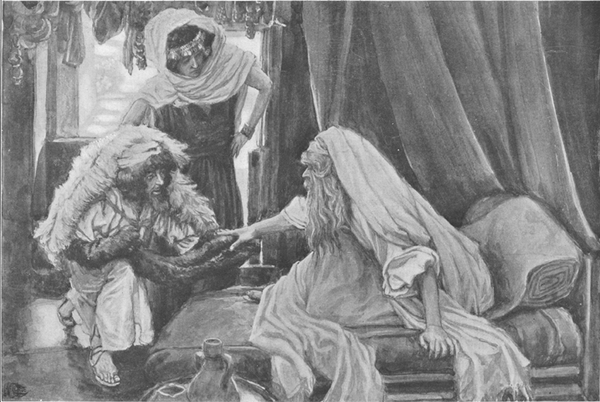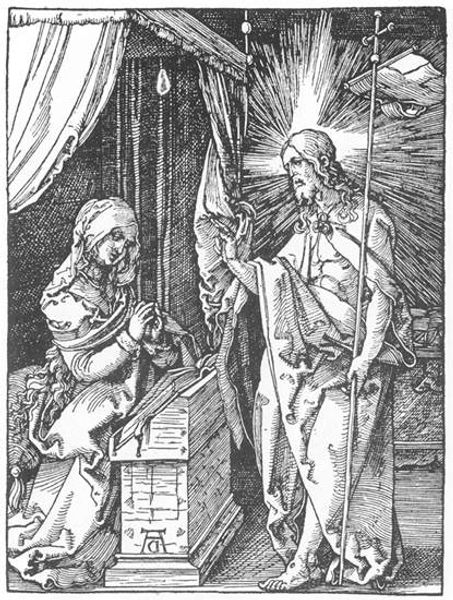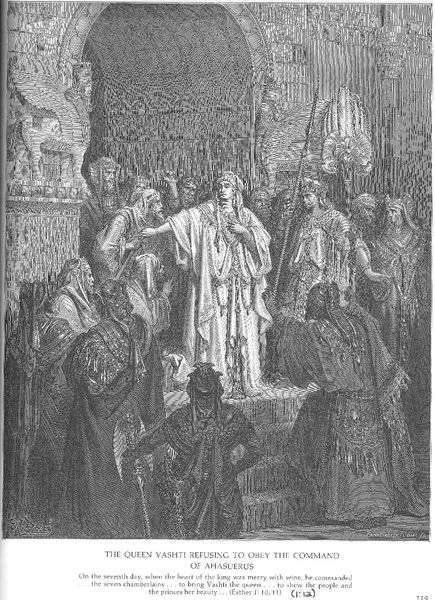
Copyright: Public domain
Editor: So, this is "Douvana (Begging dervishes)" by Vasily Vereshchagin, made in 1873. It looks like a print, maybe pen on paper? The figures’ clothes look threadbare. I’m really struck by the material poverty so graphically represented. What's your take? Curator: Looking at this print, my mind goes straight to the social conditions and the labor involved, both in depicting the figures and in the lives these figures lead. Notice how Vereshchagin painstakingly renders each tear and patch in their clothing. It forces us to consider the labor that goes into simply surviving. Editor: That's true. You can almost feel the texture of the worn fabric, see the individual stitches. Why focus so intensely on that aspect of their lives? Curator: Vereshchagin wasn't just making a pretty picture. He’s using the very materiality of their garments, and the print itself, to highlight the exploitative systems that produce such profound inequality. Think about the resources, or lack thereof, available to these people versus the resources consumed in the production and circulation of art objects like this. It creates a rather uncomfortable dialogue, doesn't it? Editor: Definitely! It makes me think about the role of art in either obscuring or revealing these economic realities. So much detail, and yet… almost a protest through precise observation? Curator: Precisely. The artist's labor mirrors the labor of the dispossessed, demanding attention be paid to their material circumstances. We're invited to analyze the very fabric of society – quite literally, in this case! Editor: It is a very confronting artwork that raises very important questions, I appreciate this fresh angle to look at it. Thanks for pointing out that the artist's labour should be seen next to the life and the labor of the people represented!
Comments
No comments
Be the first to comment and join the conversation on the ultimate creative platform.
